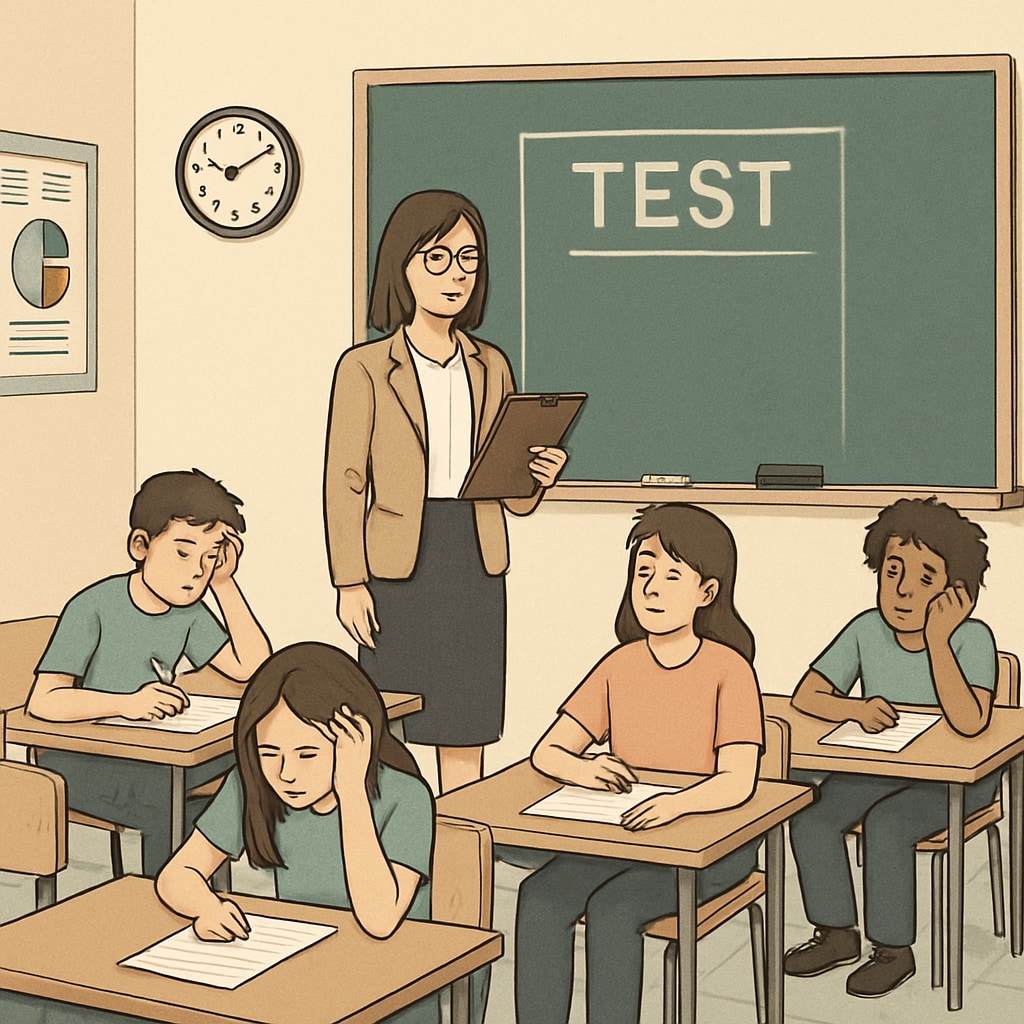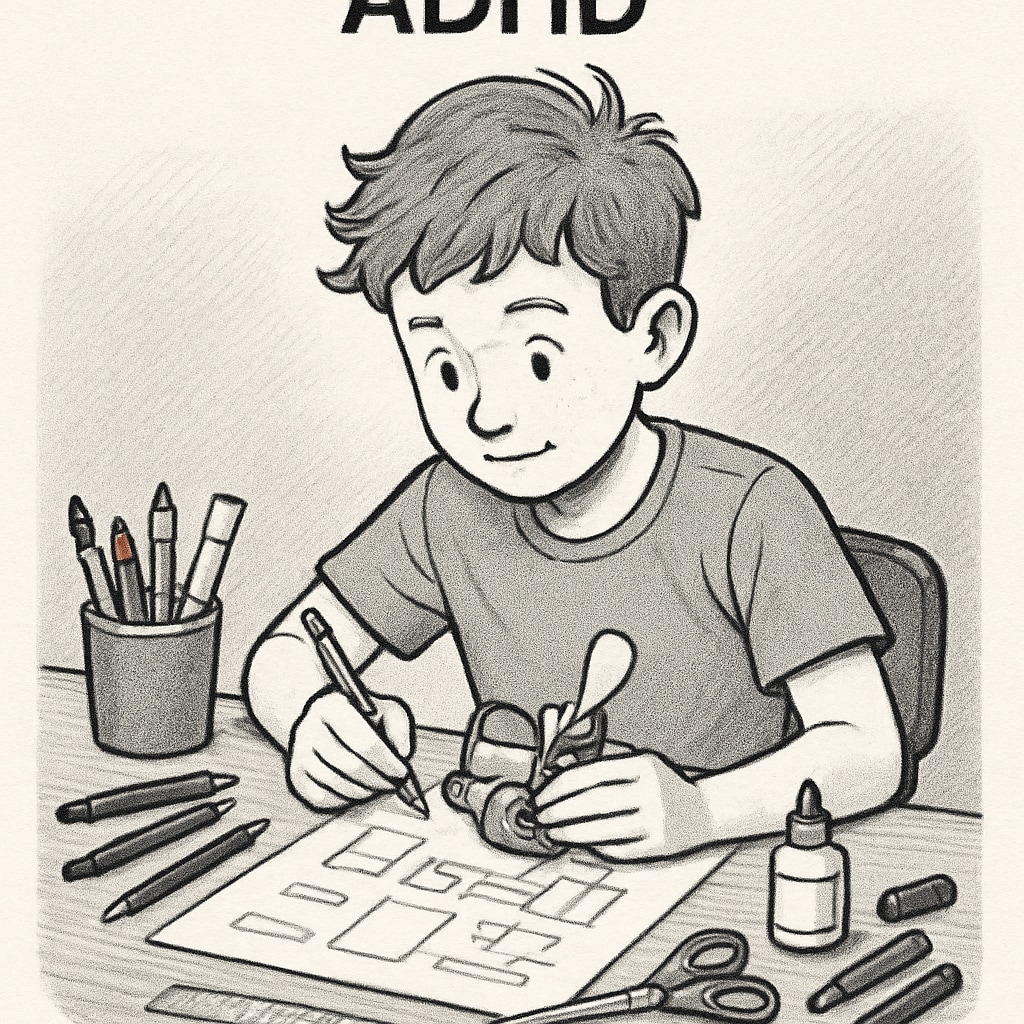Gifted education programs often rely on standardized tests to identify students with exceptional potential. However, this system can inadvertently exclude high-potential individuals, especially those with conditions like ADHD (Attention-Deficit/Hyperactivity Disorder). While these students may possess extraordinary talents, their unique learning profiles and behaviors often conflict with traditional evaluation methods. This article delves into the systemic flaws of current gifted education identification systems, illustrating how they may overlook “hidden gems” and calling for more inclusive reforms.
Standardized Testing: A Narrow Lens
Standardized tests, while widely used, are an imperfect tool for assessing a student’s intellectual or creative potential. These tests prioritize specific cognitive skills, such as memory and logical reasoning, often neglecting other forms of intelligence, such as creativity, emotional intelligence, or problem-solving in real-world contexts. For students with ADHD, the rigid structure of these assessments can be particularly challenging. Their difficulty in sustaining attention or adhering to strict instructions may result in underperformance, even though they are highly capable in less structured or more dynamic scenarios.

Moreover, research supports the notion that high-stakes tests are not the sole indicator of giftedness. According to a study by the National Association for Gifted Children (NAGC), up to 20% of gifted students may remain unidentified due to nontraditional learning styles or external factors, such as socio-economic disadvantages. This suggests that reliance on standardized testing alone creates a narrow lens, potentially excluding diverse learners from access to gifted programs.
ADHD and Giftedness: A Complex Intersection
Students with ADHD present a particularly interesting case. On the one hand, these individuals often exhibit traits such as hyper-focus, creativity, and out-of-the-box thinking—qualities strongly associated with giftedness. On the other hand, their struggles with attention regulation, impulsivity, and behavioral norms can mask their abilities in conventional academic settings. As a result, educators may misinterpret their behaviors as indicative of a lack of aptitude rather than a different learning approach.
For example, a child with ADHD might excel in open-ended, project-based learning environments where they can explore their interests freely. However, in a standardized test setting, their gifts might remain hidden due to challenges with time constraints or the repetitive nature of test questions. The disconnect between their potential and performance highlights the need for alternative assessment methods that capture a broader spectrum of abilities.

Reforming the Gifted Education System
To create a more inclusive system, gifted education programs need to reevaluate their identification criteria. Here are several strategies to consider:
- Multiple Assessment Tools: Incorporate diverse evaluation methods, such as teacher observations, portfolio assessments, and creativity tests, alongside standardized tests.
- Professional Development: Train educators to recognize the signs of nontraditional giftedness, including those associated with ADHD or other learning differences.
- Universal Screening: Implement district-wide screening to ensure all students, regardless of background, have access to gifted education opportunities.
- Flexible Program Structures: Design programs that accommodate diverse learning styles, allowing students to thrive in environments tailored to their strengths.
By broadening the scope of identification and integrating more holistic approaches, schools can better serve the full spectrum of gifted learners. This not only benefits students with ADHD but also enriches the educational experience for all participants.
The Road Ahead
Ultimately, reforming gifted education systems is not just about identifying hidden potential; it is about fostering an inclusive environment where every student has the opportunity to excel. Recognizing the unique strengths of students with ADHD and other nontraditional learning profiles is a critical step toward equity in education. As schools and policymakers continue to refine their approaches, the goal should be to develop systems that value diverse talents and unlock the full potential of every learner.
In conclusion, while standardized tests have their place, they should not be the sole determinant of a student’s capabilities. By embracing more comprehensive evaluation methods, we can ensure that no gifted student is left behind, regardless of their learning differences or circumstances.
Readability guidance: This article uses concise paragraphs, lists, and transition words to improve readability. Key points are supported with examples and research, ensuring accessibility for both professionals and general readers.


